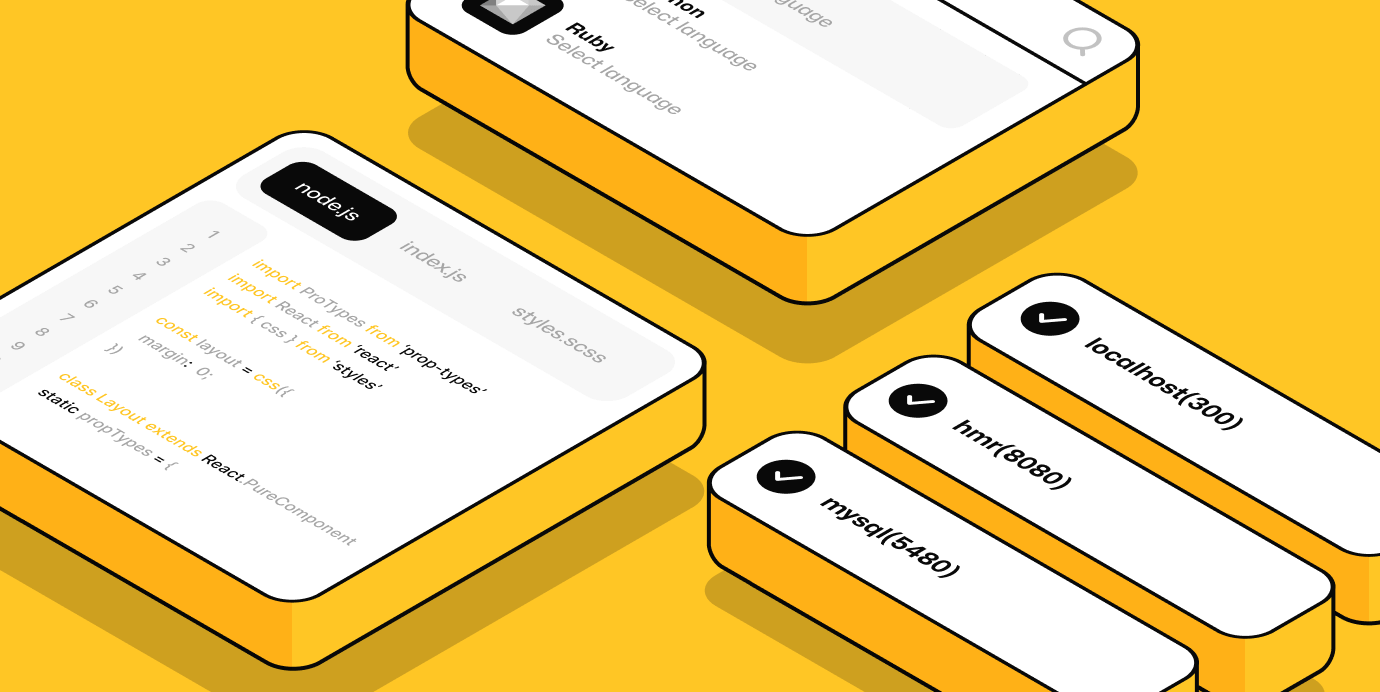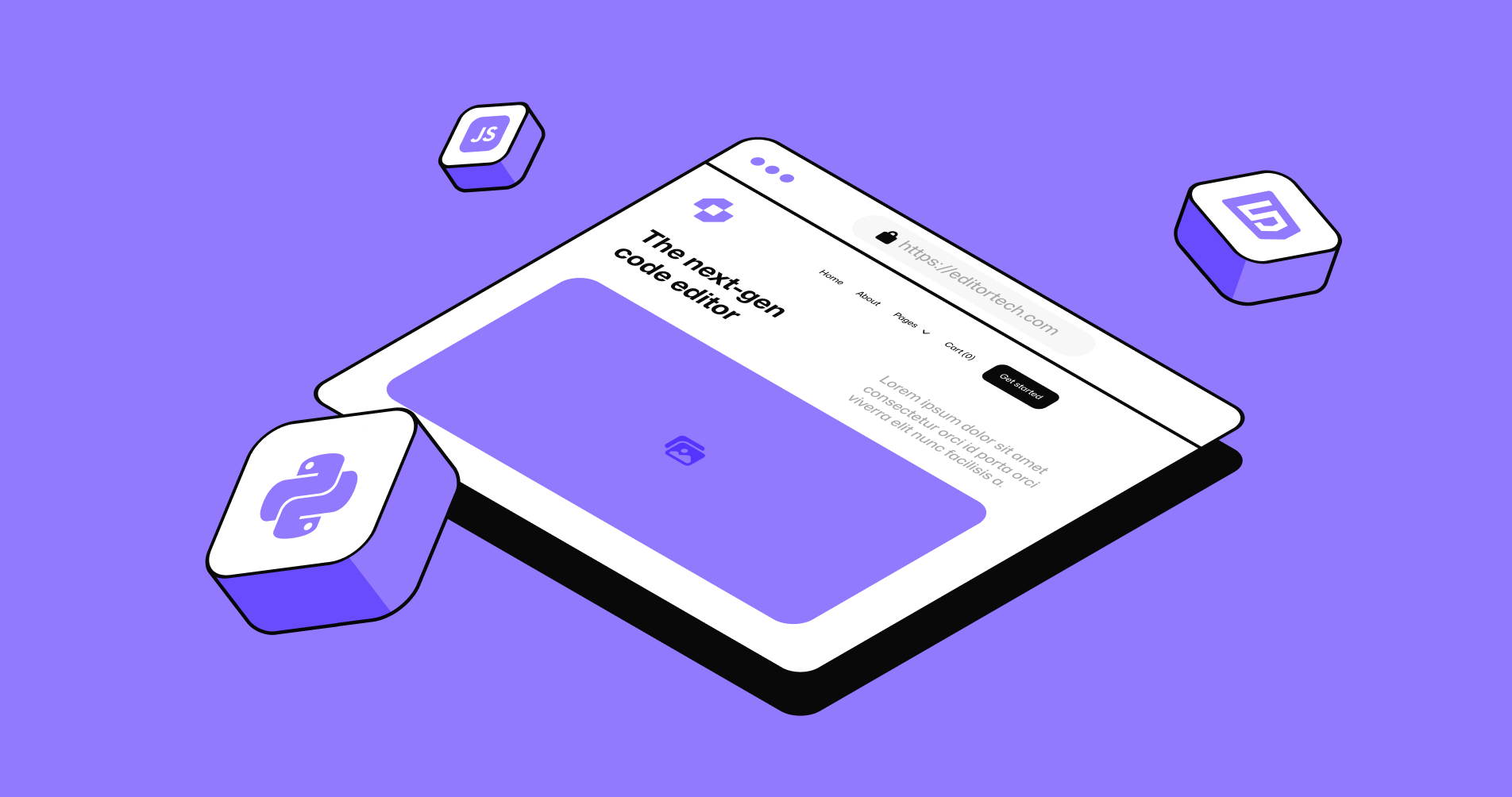
Today’s growth-minded companies face a data marketplace where trends can ignite on TikTok at breakfast and fizzle by lunchtime, where competitors spin up entire product lines through print-on-demand, and where customer sentiment flips the moment a single tweet goes viral.
In reality, AI market research isn’t a futuristic luxury; it is the practical toolkit that lets brands keep pace with a landscape moving at machine speed. The brands that embrace it are discovering that decisions anchored in real-time data feel less like gambles and more like foregone conclusions.
From Gut Feeling to Data Certainty
For years, marketing departments survived on quarterly surveys, focus groups, and the collective instinct of seasoned executives. That AI search model breaks down the moment you try to scale in a digital economy measured in milliseconds. AI-driven research platforms sift through billions of data points—search queries, social chatter, e-commerce reviews, even video transcripts—and surface patterns a human team would miss or need months to uncover.
The result is a shift from intuition-led to evidence-led planning. Product teams can see which feature requests are emerging, marketers can test messaging variations against live audience segments, and leadership can project demand in new regions with a confidence level that would have been impossible a few years ago. Decisions stop feeling like educated guesses and start feeling like physics: given the inputs, the outcome is predictable.
Speed and Scale Without the Enterprise Price Tag
A common misconception is that sophisticated analytics require a Fortune 500 budget. Cloud-native AI suites have flipped that assumption upside down. Subscription models and modular APIs allow even a ten-person startup to access the same computational horsepower that once belonged only to multinationals.
Key advantages include:
- Automated data collection rather than manual scraping or expensive syndicated reports.
- Dynamic dashboards that update themselves hourly, not quarterly.
- Elastic computing that scales up during product launches and scales down when campaigns end, so you pay only for what you use.
Cost savings aren’t merely line-item reductions; they free capital to fuel creative campaigns, influencer partnerships, or the next round of product development. The net effect is a faster growth loop that amplifies itself—insight leads to action, which feeds fresh data back into the system for the next round of optimization.
Audience Insights That Never Sleep
Consumers aren’t polite enough to share feedback only during business hours. They vent frustrations on Reddit at midnight, rave about unboxing experiences on Instagram Stories before dawn, and ask Google the kind of candid questions they would never pose to a salesperson. AI crawlers and natural-language models monitor these signals 24/7, clustering conversations by sentiment, geography, demographic attributes, and emerging themes.
For a scaling brand, this means:
- Early detection of micro-trends before they become mainstream.
- Rapid identification of potential PR crises, allowing pre-emptive messaging.
- Localization insights that shape region-specific packaging, pricing, and promotion.
Traditional quarterly or even monthly research cadences simply can’t match that cadence. When data is always on, opportunities are, too.
Smarter Search Marketing Powered by AI
Search remains one of the most lucrative acquisition channels, but the old playbook of keyword stuffing and broad-match bids is obsolete. AI-enhanced market research feeds directly into AI-driven search marketing, forming a virtuous cycle.
Here’s how:
- Topic modeling algorithms uncover conversational phrases and long-tail keywords users actually type, informing both paid and organic strategies.
- Predictive models forecast shifts in search volume based on seasonality, cultural events, and even weather patterns, enabling budget reallocation before spikes occur.
- Creative generation tools draft ad copy variants aligned to micro-segments, which multivariate engines can then test in real time.
The output is a search program that optimizes itself continuously, driving lower cost per acquisition and higher conversion rates while freeing marketers to focus on creative storytelling and brand stewardship.
Getting Started Today: Small Steps, Big Wins
The prospect of overhauling a research practice can feel daunting, but the path to an AI-first approach is more incremental than many realize. Begin by identifying one repetitive, data-heavy task—such as social sentiment tracking or keyword expansion—and pilot an AI tool purpose-built for that function. Measure speed and accuracy improvements against the old workflow.
Success breeds organizational buy-in. From there, integrate additional data streams—CRM logs, customer support transcripts, ad-platform metrics—into a unified analytics environment. Establish weekly “insight sprints” where cross-functional teams review fresh findings and decide on rapid-fire experiments. Over time, those experiments snowball into systemic change: campaigns get smarter, product backlogs reflect actual customer desire, and resource allocation aligns with verifiable demand signals.
The brands that win the next decade won’t be the ones with the loudest ads or the biggest budgets; they will be the ones that learn fastest. AI market research shortens the feedback loop between marketplace reality and your next strategic decision. In an environment where consumer attention is the scarcest resource, that speed is no longer optional—it is existential.
Subscribe to our newsletter
Get regular updates on the latest in AI search





.png)

